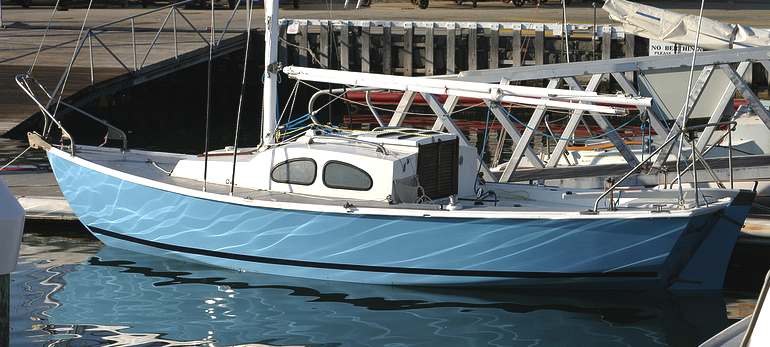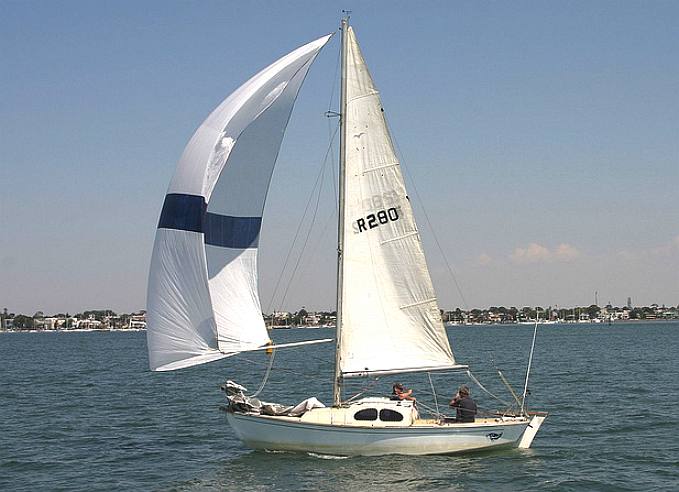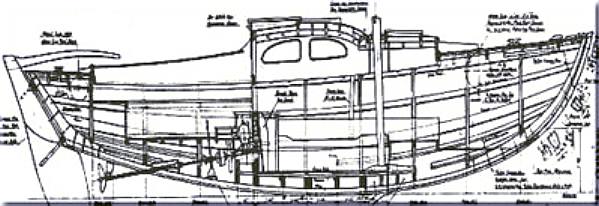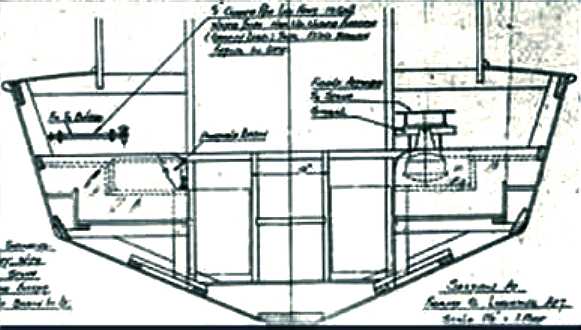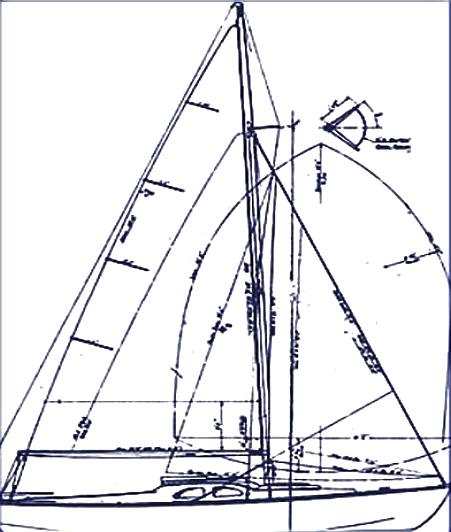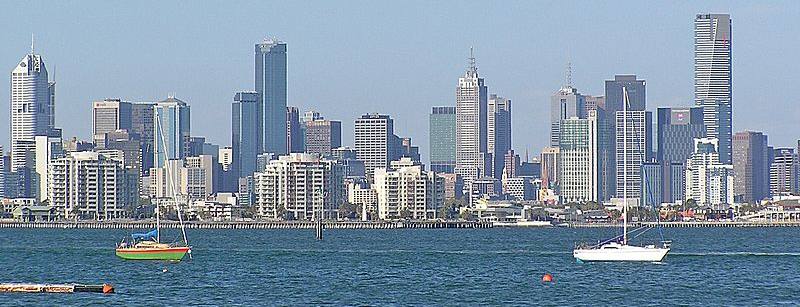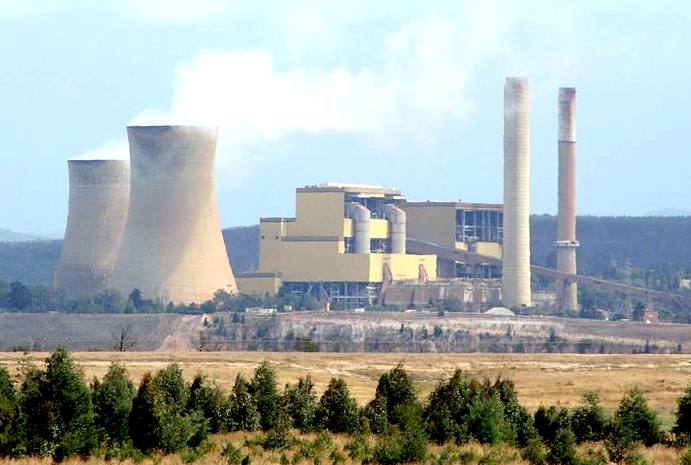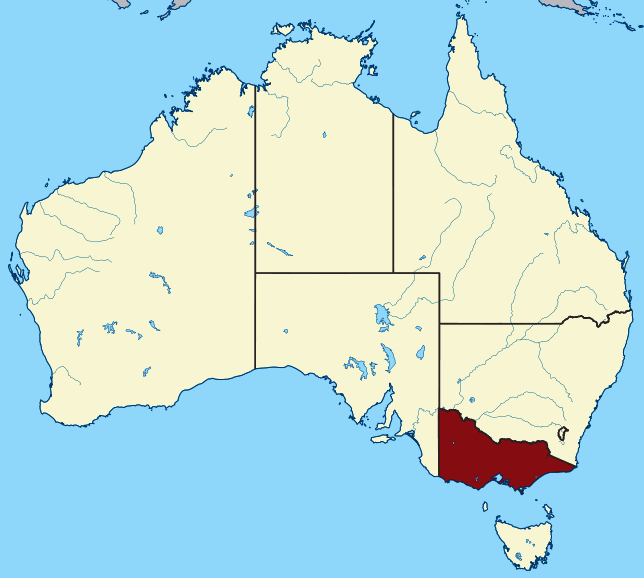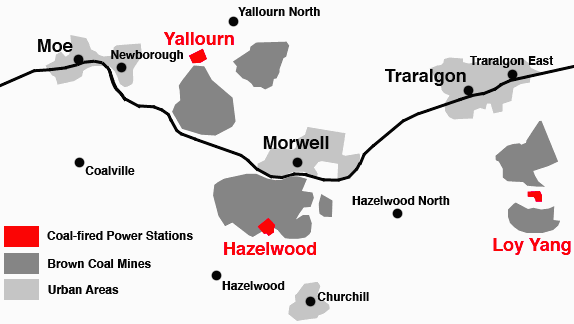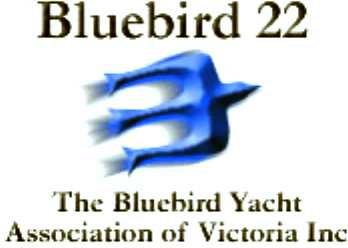|
BLUEBIRD - Yacht Association, Victoria, Australia
|
|
The Bluebird is a compact keelboat: 22ft long with four berths.
HISTORY
Known for their robust construction and affordable price tag, the Bluebird makes for an ideal first yacht while still holding enormous attraction for anyone, including seasoned yachties, who enjoy the thrill of competitive class racing or simply a safe cruise.
The Bluebird was designed by
a Sydney ship building engineer, the late Ken Watts. The design first appeared in the September 1947 edition of 'Seacraft' as study plans.
By the early 1960s, their extreme popularity lead to their production in fibreglass and hundreds were also built in this medium to the same basic measurements. In the 1964 N.S.W. championships,
fibreglass yachts dominated and they continued to be virtually mass produced until well into the 1970s. Through those decades their claim to being "Australia's Peoples Yacht" was never disputed and many thousands of sailors began their keel boat sailing in them.
SPECIFICATIONS
Length: 22 feet (6.7 metres)
Victoria (abbreviated as Vic.) is a state in the south-east of Australia. Victoria is Australia's most densely populated state and its second-most populous state overall. Most of its population is concentrated in the area surrounding Port Phillip Bay, which includes the metropolitan area of its capital and largest city, Melbourne, which is Australia's second-largest city. Geographically the smallest state on the Australian mainland, Victoria is bordered by Bass Strait and Tasmania to the south, New South Wales to the north, the Tasman Sea to the east, and South Australia to the west.
Melbourne, capital of Victoria - 85% fueled by brown coal power stations
Yallourn power station in the Latrobe valley is one of many contributing to global pollution on a vast scale by burning lignite (brown coal), considered to be a dirty fuel that is mined locally to provide cheap electricity. Maybe it is time for Australia to start thinking about wind power for clean electricity and a sustainable future? New Zealand is on course for 100% generation of clean electricity. Bonza cobbers.
VICTORIA ENERGY
Mining in Victoria contributes around A$3 billion to the gross state product (~1%) but employs less than 1% of workers. The Victorian mining industry is concentrated on energy producing minerals, with brown coal, petroleum and gas accounting for nearly 90% of local production. The oil and gas industries are centred off the coast of Gippsland in the state's east, while brown coal mining and power generation is based in the Latrobe Valley.
In the 2005/2006 fiscal year, the average gas production was over 700 million cubic feet (20,000,000 m3) per day (M cuft/d) and represented 18% of the total national gas sales, with demand growing at 2% per year.
In 1985, oil production from the offshore Gippsland Basin peaked to an annual average of 450,000 barrels (72,000 m3) per day. In 2005–2006, the average daily oil production declined to 83,000 bbl (13,200 m3)/d, but despite the decline Victoria still produces almost 19.5% of crude oil in Australia.
Brown coal is Victoria's leading mineral, with 66 million tonnes mined each year for electricity generation in the Latrobe Valley, Gippsland. The region is home to the world's largest known reserves of brown coal.
It is significant as the centre of Victoria's Energy industry – specifically the mining and burning of Lignite (brown coal) to produce electricity. The area produces a total of approximately 85% of the electricity for the entire state of Victoria – and supplies some electricity to New South Wales & Tasmania – and is home to four of the highest electricity producing power stations in the country.
Power plants located in the Latrobe Valley include Hazelwood Power Station, Loy Yang Power Stations A & B, Yallourn Power Station, Jeeralang Power Station (Gas) and the Energy Brix Power Station.
CONTACTS
Email: info@bluebirdsailing.org.au
LINKS
March 2011 Newsletter - Max’s 90th Birthday edition. November 2010 Newsletter - The revival of Tandeka
http://www.bluebirdsailing.org.au/contactslinks.htm http://www.bluebirdsailing.org.au/specifications.htm http://www.bluebirdsailing.org.au/newsevents.htm http://www.bluebirdsailing.org.au/index.htm http://en.wikipedia.org/wiki/Anton_Flettner http://en.wikipedia.org/wiki/Rotor_ship http://en.wikipedia.org/wiki/Turbosail Espacenet.com/Jaques_Cousteau_Turbosail_Patent US 4630997
|
|
This
website is Copyright © 2014 Bluebird Marine Systems Limited.
The names Bluebird, Solar Navigator™,Blueplanet Ecostar BE3™, Utopia
Tristar™ and the blue bird in flight
|
